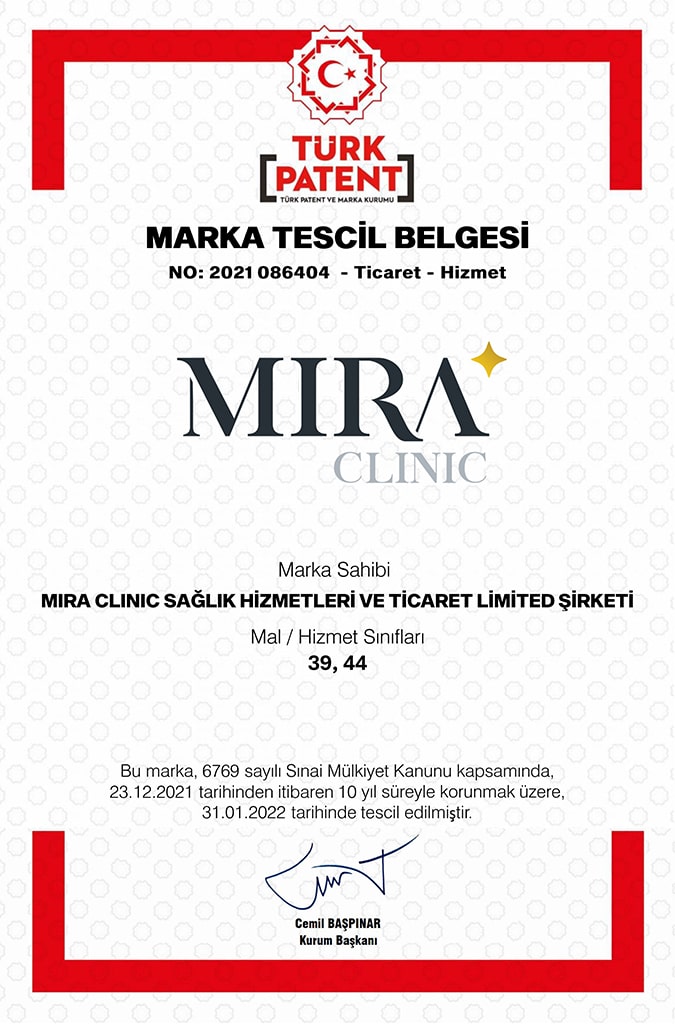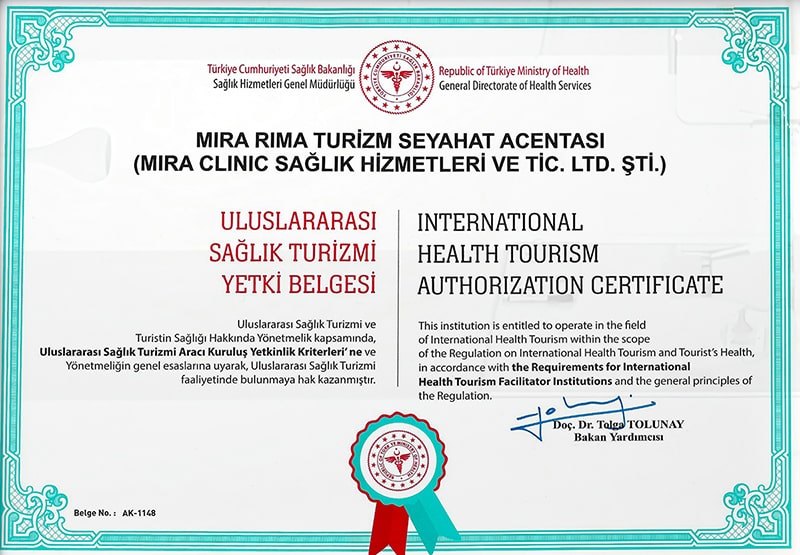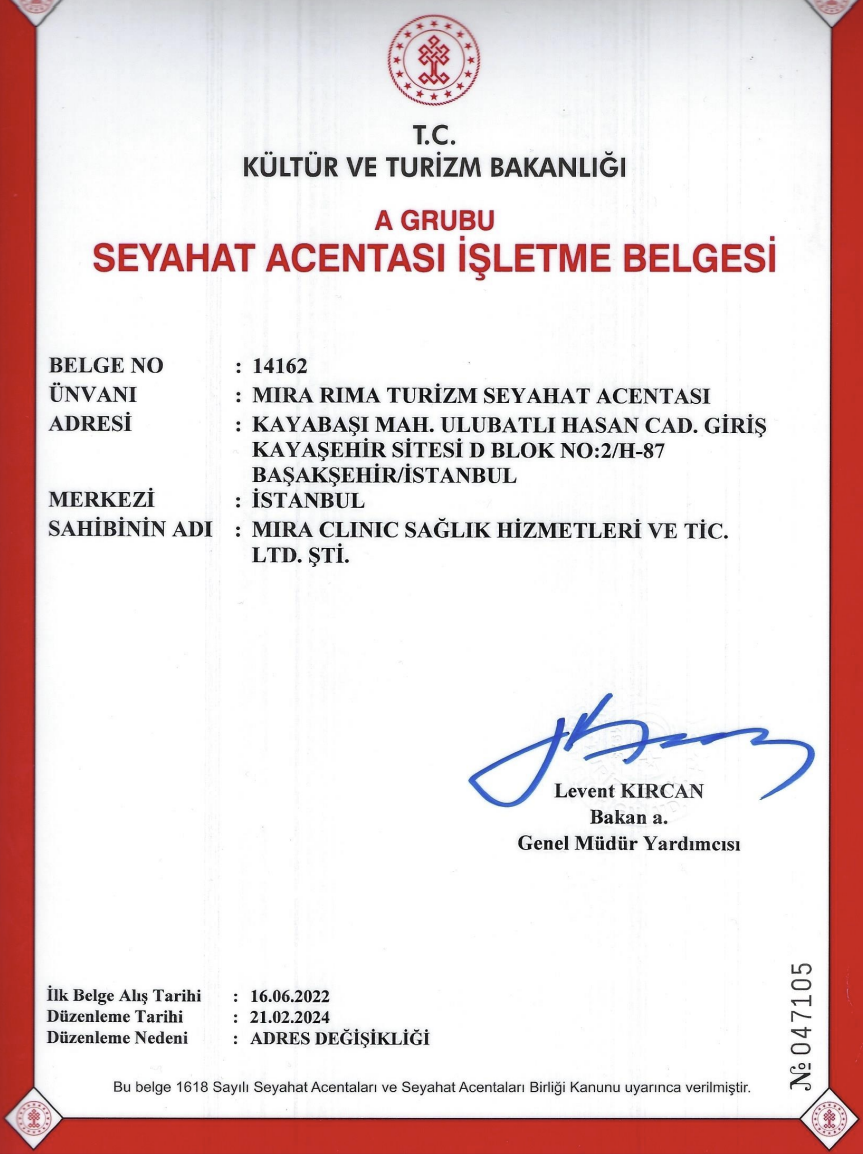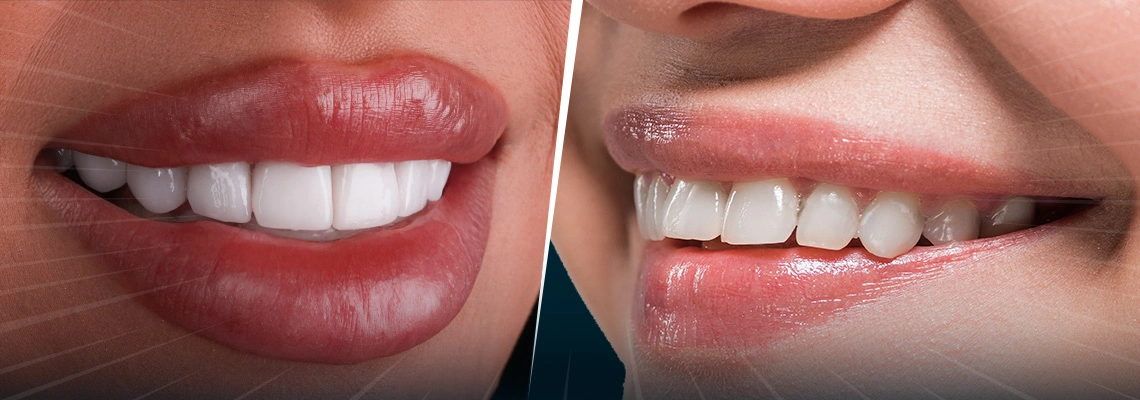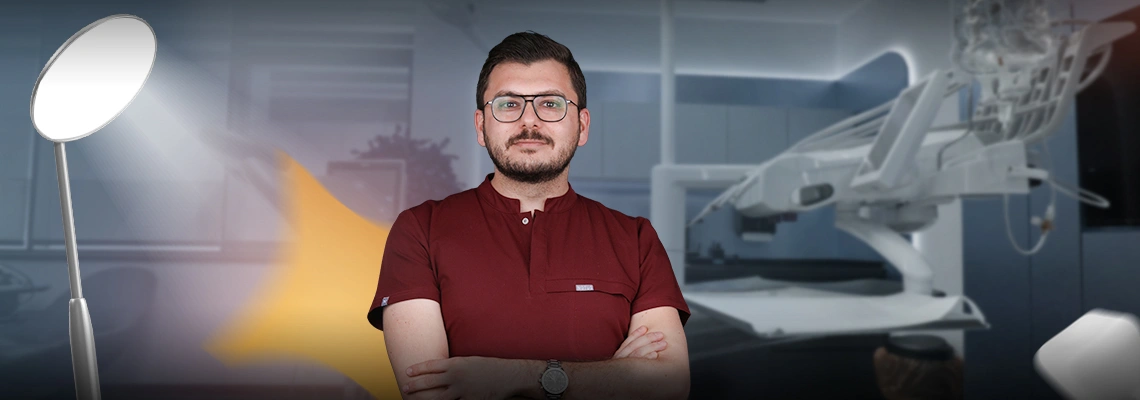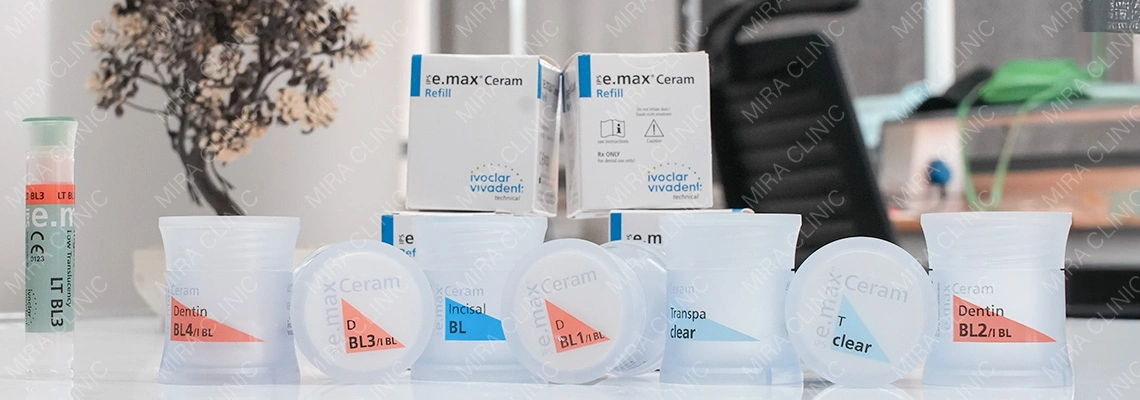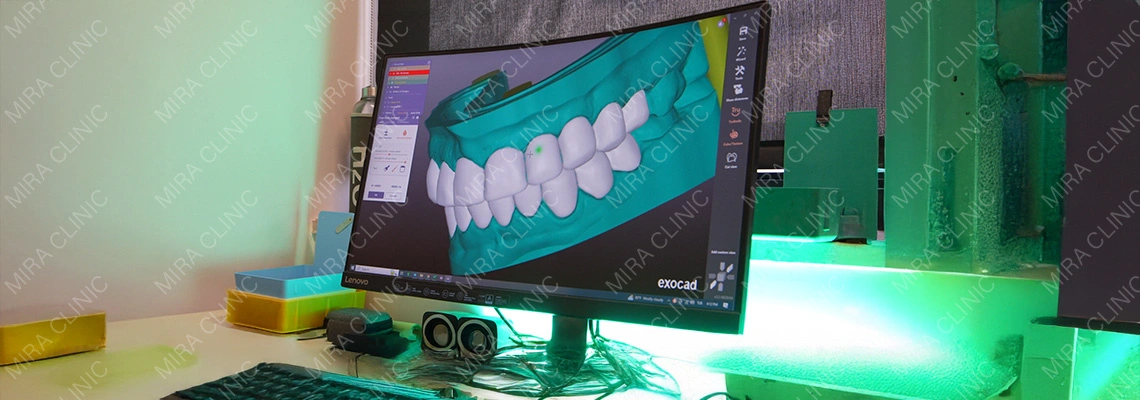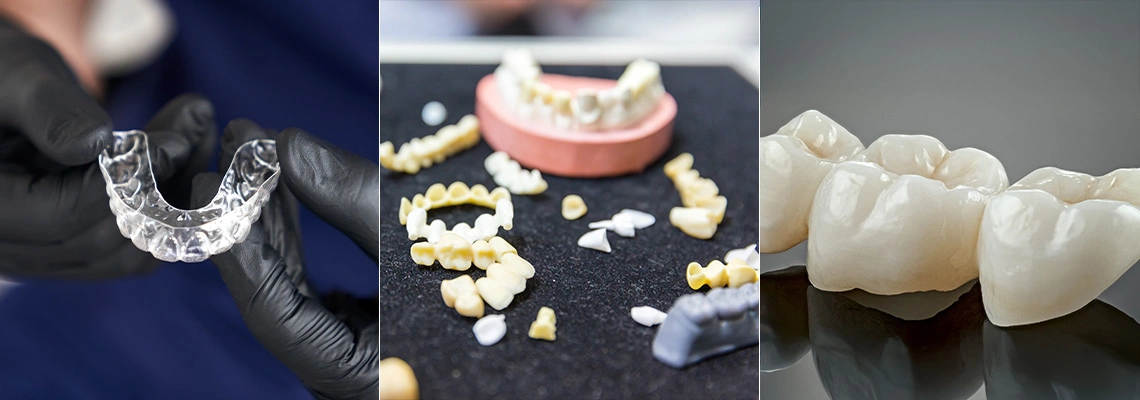What is Dental bone graft in Turkey? Many patients who came for dental treatment in Turkey are suffering from severe bone loss in their jaws, which surely interrupts many dental procedures. Thus, having a bone graft in Turkey can be the first step to providing professional dental treatment. This essay discusses the procedure of dental bone grafting in Turkey in detail.
Table of contents:
- What is a dental bone graft?
- Why dental bone graft in Turkey?
- Who’s the right candidate for a dental bone graft?
- How is dental bone grafting surgery done?
- What is dental bone graft material used?
- Types of bone graft in dentistry
- Sinus lift
- Block bone graft
- Socket graft
- How long does tooth bone graft take to heal?
- Dental bone graft healing stages
- Dental bone graft aftercare
- Dental bone graft complications
- Dental bone graft success rate
- How painful are dental bone grafts?
- Signs of failed dental bone graft
- Is dental bone grafting worth it?
- Dental bone graft cost in Turkey
What is a dental bone graft?
Due to many different reasons such as periodontal diseases, the patient can lose dental bone in the jaws locally or generally. This loss can affect general oral and dental health and lead to severe dental issues such as tooth loss. Thus the ultimate goal of a dental bone graft procedure is to increase the amount of bone in the required area to flourish dental health and increase the success rate of dental treatments. Bone graft for a tooth implant is one of the most common dental procedures that require a bone graft. Losing a tooth for a prolonged time can lead to loss of bone support in the area which highly affects the success rate of the dental implant. Different materials for bone grafts can be used for dental grafting.
Relates articles
Why dental bone graft in Turkey?
In recent years, Turkey was one of the most competitive destinations for health tourism in general and dental treatment in specific. The noticeable success of dental treatment in Turkey can be due to:
-
The high quality of health services and dental materials used.
-
The affordable prices in comparison to European and American countries.
-
Technological development and strict care-providing criteria.
-
The additional services provided by many dental clinics such as transportation and translation.

Who’s the right candidate for a dental bone graft?
Although dental bone grafting can be an essential procedure for many cases, it is not recommended for all patients who suffer from bone loss. The proper candidate for a dental bone graft can include:
-
Bone grafting for dental implant: patients who are planning to receive implants for missing teeth need good bone support for the artificial root to be stable in the jawbone.
-
Bone grafting due to periodontal diseases: the inflammation in the tooth-supporting tissues can reach the jaw bone and with time lead to bone erosion. With the decrease in bone level, the patient may notice tooth looseness and eventually, if the disease not be treated, tooth loss. In such cases. Bone grafting can be crucial to preserving oral structures.
-
Bone grafting due to bone thinning: as an aging symptom, bone gets thinner with time and turns into a more fragile tissue even with the absence of gingival diseases.
Although every patient from the previous cases can be a good candidate for a dental bone graft, it is important to assess each patient's medical and dental health status thoroughly before deciding.
How is dental bone grafting surgery done?
There are several dental techniques for bone grafting, these techniques share the following steps:
-
After the medical assessment of the patient, they will receive local anesthesia in the area of the operation.
-
A suitable surgical incision should be made according to the position and the type of grafted bone.
-
The surgeon will place the bone graft in the planned area, and grafted bone can be stabilized by suitable material such as dissolvable membranes.
-
The incision then will be closed by many stitches of a specific surgical suture until complete healing.
What is dental bone graft material used?
There are many resources for bone graft material, the popular ones are:
-
Autografts: bone grafts that are taken from the body of the patient, usually from the hip or jaw bone. This bone graft material is the most successful since it does not show body reaction against the graft.
-
Allografts: this is also a human bone but is taken from a different person.
-
Alloplasts: this type includes the synthetic material used as bone grafts such as Bioglass or calcium phosphate.
-
There are other sources for dental graft materials that include bone from animal species.
Types of bone graft in dentistry
The needed dental bone graft procedure could be in three forms:
This type of bone grafting is needed when the bone loss happened in the upper jaw bone leading to the sinus moving downwards. In such cases, the patient needs to support the septal bone beneath the sinuses and restore upper jaw stability.
In this type, bone grafting is done when there is general bone loss in the jaws. For example, if there is anterior bone loss, a block bone is taken from the posterior jaw bone and grafted in the frontal area.
In this type, the bone is grafted in the tooth sockets after tooth extraction or loosing to avoid excessive bone loss.
How long does tooth bone graft take to heal?
The healing process of the dental bone graft depends highly on the type and material used in grafting and the medical status of the patient. The sign of bone graft healing is when the grafted bone fuse completely with the original bone in a process called osseointegration and this stage can vary between patients. Generally, the complete recovery period can extend up to 6 months in most cases.
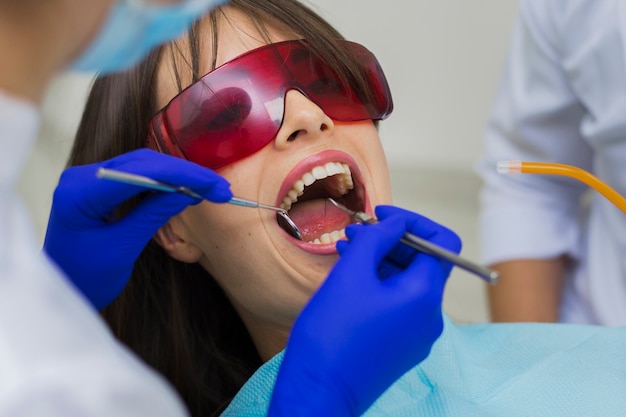
Dental bone graft healing stages
The stages of the dental bone graft regeneration process begin once the surgeon inserts the graft into the bone and extend to several months including:
-
Inflammation phase: During this stage, the vascular tissues increase in the site of grafting to ensure enough amounts of nutrients and oxygen are needed for the next stage.
-
Repairing: is the second phase of the healing process, when the body starts to accept and interact with the bone graft by formulating bone tissues around the grafting area. The bone starts as a matrix of connective tissues and then becomes more condensed in the last stage.
-
Remodeling phase: this is the last stage of the osseointegration process when the newly formulated bone tissues become replaced with more solid cortical tissues. The success of this stage determines the long-term success rate of the graft.
Dental bone graft aftercare
The dental bone graft aftercare protocol contains the following instructions:
-
Immediately after the procedure, the surgeon should provide suitable dressings for the next 24 hours after the operation.
-
Antibiotics can be necessary in the first period to avoid infection.
-
The doctor will prescribe painkillers as part of bone graft aftercare.
-
Applying ice packs in the first days after the operation highly decreases pain and swelling.
-
Regarding after-procedure sleep, patients are supposed to elevate their heads slightly the first night after bone grafting.
-
The aftercare diet should include soft foods in the first week after the dental bone graft.
-
The patient needs to avoid hot liquids, crunchy foods, and strenuous physical activity.
Dental bone graft complications
Like any other procedure, a dental bone graft can involve some side effects such as:
-
Pain and swelling are the most popular flaws that affect most people in the first period. Nevertheless, it decreases gradually with time and usually fades away after the first week of the operation.
-
Infection: is one of the complications that need to be avoided by following the prescribed antibiotics and instructions.
-
The more serious side effects include nerve damage in the area of the operation and the presence of blood clots.
-
By a small percentage, some patients may experience anesthesia complications such as allergies.
-
Failure of the bone graft by rejection or reabsorption is also considered a complication of dental bone graft.
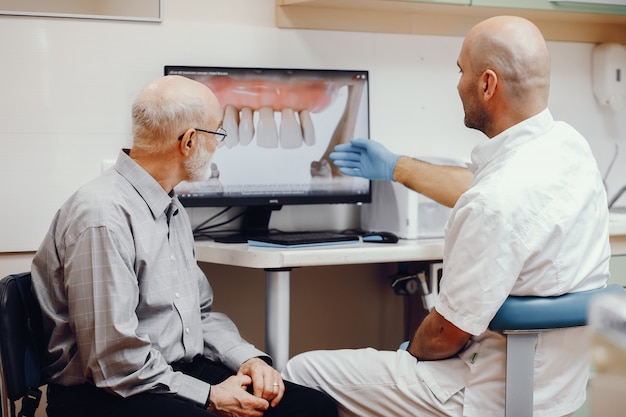
Dental bone graft success rate
Dental bone graft is considered to be of the most successful dental procedures with a success rate of up to 90%. Nevertheless, success depends highly on the type of graft and the qualifications of the caregiver.
How painful are dental bone grafts?
The traditional dental bone graft procedure includes using synthetic bone graft which does not include any major medical interventions. Through the operation, the surgeon will give anesthesia to the nerves at the site of the procedure. Thus, the patient will feel no pain during the grafting, but after the anesthesia wears off, the patient will start experiencing moderate pain that can be controlled by OTC painkillers. The pain usually fades away gradually after the first week and a mild discomfort can be experienced for another several weeks.
Signs of failed dental bone graft:
The signs of dental bone graft failure can be in the form of:
-
Persistence or severe pain for a prolonged period after the operation.
-
Permanent numbness sensation.
-
Swelling increases in the area of grafting.
-
Loosening in the tooth implant after replacement.
If the patient faced one of the previous signs, they must visit the clinic as soon as possible.
Is dental bone grafting worth it?
It is worth noticing that dental bone grafting is a mandatory step before many dental procedures such as implants to avoid failure due to loss of bone support. Thus, in most cases, a bone graft is crucial in order to get a high-level dental treatment. And with the high success rate, the dental bone graft is highly advisable for the appropriate candidates.
Dental bone graft cost in Turkey
According to the type of dental graft and the nature of the procedure followed the cost can change widely between patients. The average cost of a bone graft in Turkey can be between 500 and 2000 €. These expenses are considered to be highly affordable in comparison to other countries. Further charges can be added according to the medical status of the patient and any additional services provided by the dental clinic.
Resources:
- What You Need To Know About A Dental Bone Graft
- What You Need To Know About A Dental Bone Graft (healthline.com)
- Bone Graft
- Bone Graft: Purpose, Procedure, and Risks (healthline.com)
- Step-by-Step Guide and Expectations of Dental Implants
- Guide to Dental Implants (webmd.com)
